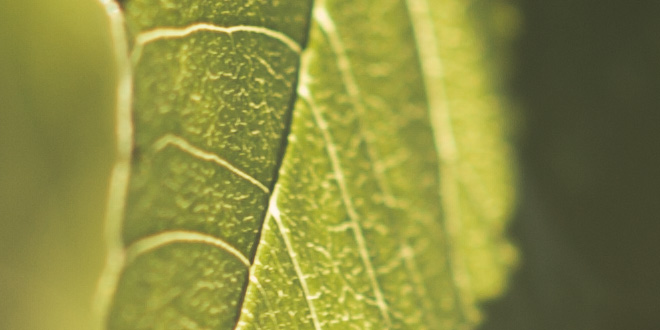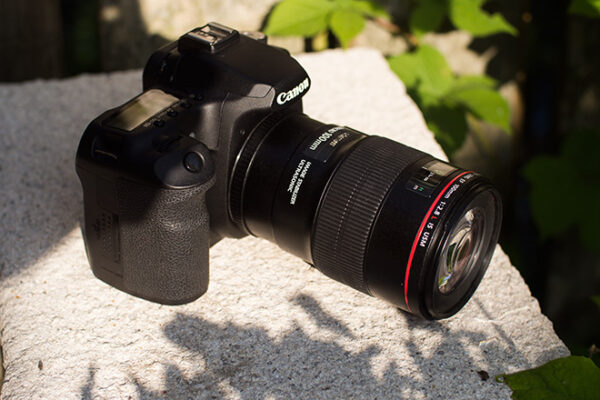

If you have "Long exposure noise reduction" turned on, your camera will actually make two exposures. So shoot a series and learn how the different length exposures work out. moving traffic/car lights, pedestrians, possibly reflections off water or glass, etc. The reason for making various length exposures is to see what effect you want. Longer if you wish (you'll need to use Bulb and a timer for those). Start with about 1 or 2 seconds, then 4, 8, 15, 30.

I'd suggest you set ISO 200 and a smaller aperture (f8-f11-ish), then make a series of shots at different shutter speeds.

Obviously, you are going to need a decent tripod to support the camera during the exposures. So do some bracketing, to be sure to get some images you like. A longer exposure of the above was ruined by too much light, and a shorter one didn't show enough detail for me. My point is that it's very easy to over-expose night shots of city lights with too long shutter speed. There was some light haze (often this view is obscured by fog) which made for halos around the stongest light sources. The bridge towers are lit by spotlights, which is strong enough that some of the suspension cables can be seen. Notice how the clouds are reflecting the ambient light, how the hillside and even surf on the beach opposite is lit, mostly by automobile headlights, and how the traffic lights themselves are turned into a blur that's bleeding over and obscuring part of the bridge's roadway. Unfortunately I don't recall the aperture but it probably was no larger than f8. This shot of the Golden Gate Bridge, San Francisco, Calif. HTTP response: NOT FOUND | MIME changed to 'image/gif' | Redirected to error image by FLICKR


 0 kommentar(er)
0 kommentar(er)
